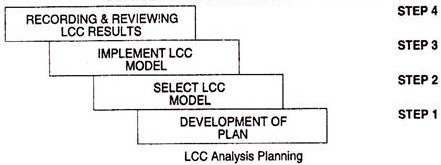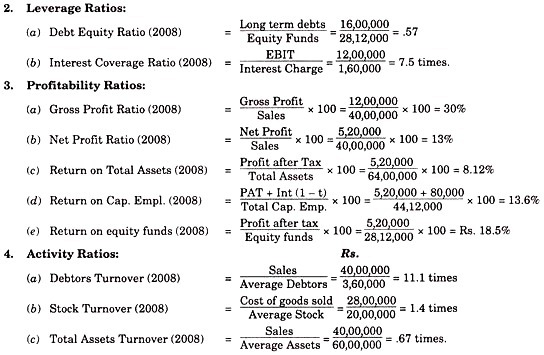Let us make in-depth study of the rules and respective ledger accounts in posting from Journal to Ledger.
Journal is daily diary of a business enterprise in which all monetary transactions are recorded in chronological order. Posting from journal means transferring amounts from journal to the respective accounts in the ledger. The basic aim of posting is to summarize all the transactions of the journal in a classified account so that necessary conclusions can be drawn.
Rules of Posting:
The basic rules of posting are as under:
(a) First Rule:
ADVERTISEMENTS:
The name of the same account, should not be written in the account in which posting is being made.
(b) Second Rule:
Every debit has its own and equal credit.
Usually, a journal contains opening entry, compound entries and other entries. Now we shall move to discuss the posting of these entries in respective ledger accounts.
Posting of Opening Entries:
ADVERTISEMENTS:
In the journal of going concerns, usually we find some opening entries. The basic purpose is to record various assets and liabilities individually and also capital account from the previous period to the current period. For posting of opening entries, it must be noted that all assets have debit balances and liabilities have credit balances. Capital also has a credit balance.
The following steps are involved in posting of opening entry:
Step 1:
ADVERTISEMENTS:
The amounts of each item debited in the opening entry shall be recorded on the debit side of respective accounts and in the particulars column the words ‘To Balance b/d’ are to be written.
Step 2:
The amounts of each item credited in the opening entry shall be recorded on the credit side of respective accounts and in the particulars column the words ‘By Balance b/d’ are to be written.
Posting of Other Entries:
Now let us discuss the various steps involved in posting of other entries from the journal to their respective ledger accounts.
Consider the following journal entry:
Step 1:
ADVERTISEMENTS:
Open the respective accounts if not opened so far, otherwise locate these accounts in the ledger from the index.
In this case, open Furniture Account and Cash Account in the ledger.
ADVERTISEMENTS:
Step 2:
Give attention to the direction given by each journal entry. You will find that each entry recorded in the journal is directing as to which account is to be debited and which account is to be credited. In this case, the entry itself directs to debit furniture account with Rs. 5,000. Following the direction of the entry and the first rule of posting i.e., the name of the same account in which posting is made should not be written, furniture account is to be debited so Cash A/c is written on the debit side of the furniture account with Rs. 5,000. Cash A/c shall appear in the ‘Particulars’ column and Rs. 5,000 shall appear in the ‘Amount’ column.
So far, we have applied the first rule and considered only one aspect of the transaction i.e., Furniture A/c. Now consider the other aspect of the entry viz. Cash A/c. In Furniture Account, we have prefixed a word ‘By’ against Cash A/c which is used for crediting the cash account.
ADVERTISEMENTS:
Thus, it means that the cash account is to be credited and now again applying the first rule i.e., the name of the same account in which posting is made should not be written, cash account is to be credited so Furniture A/c is to be written on the credit side of the cash account. Furniture A/c shall appear in the ‘Particulars’ column and Rs. 5,000 shall appear in the ‘Amount’ column.
Step 3:
Now fill the ‘Date’ and ‘J.F’. columns. At this stage page numbers of the ledger, where the posting is made, should also be recorded in the journal because at the time of recording the transactions in the books of original entries, page numbers in the ‘L.F’. Columns of the books of original entries were left blank.
The same procedure as explained above shall be followed for posting of all journal entries in the respective accounts.
ADVERTISEMENTS:
The following extracts from the journal and ledger of a business enterprise shall clear the position more explicitly:
Posting of Compound Entries:
In compound entries, transactions of similar nature and having occurred on the same day shall be recorded. In compound entries, there are two or more debits as against one or more credits or two or more credits as against one or more debits. In posting of compound entries, posting shall be made in respect of all debits and credits.






